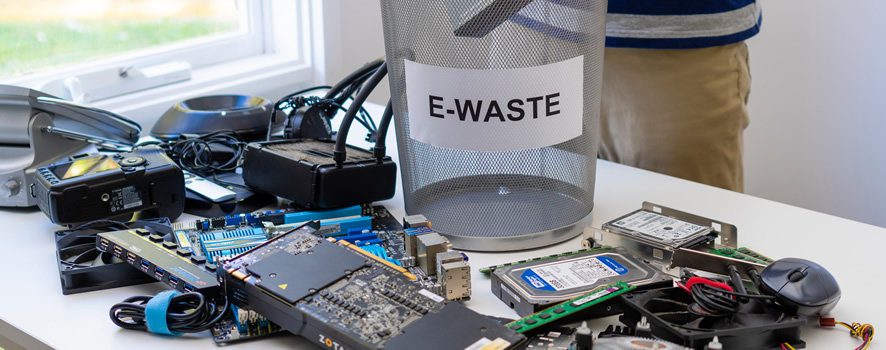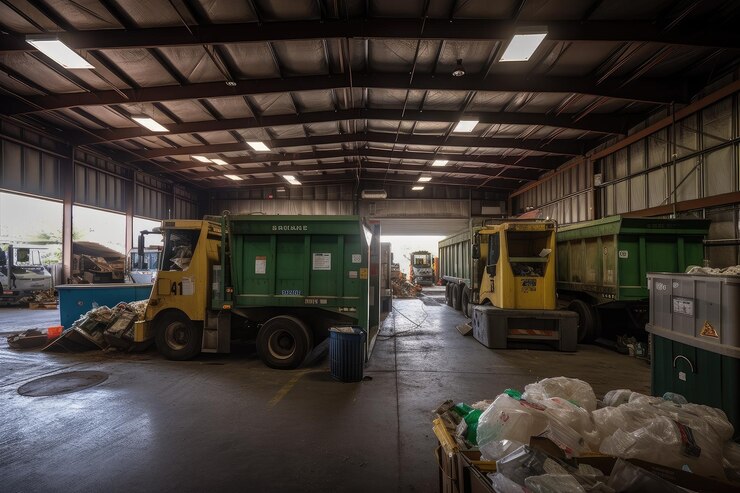
E-waste is a growing problem globally. Every year, millions of tons of electronic waste are produced, and a large portion of this waste ends up in a landfill. This is not only bad for the environment, but it also creates a potential health hazard for those who live near the landfill.
So who is responsible for this growing problem? Is it the consumers who buy electronic products? The manufacturers who produce them? The retailers who sell them? Or the government that fails to regulate the disposal of e-waste properly?
In this comprehensive guide, we will take a look at all the parties involved in the e-waste issue and explore who is really to blame.
What is E-Waste?
E-waste is a term used to describe any electronic product that has reached the end of its useful life. This can include computers, appliances, printers, fax machines, cell phones, and any other type of electronic equipment.
E-waste is a growing problem because electronic products are becoming obsolete at an increasingly rapid rate. As new technology is developed, older products are quickly replaced, resulting in a large amount of e-waste.
According to the United Nations, approximately 50 million tons of e-waste are produced yearly. Of this waste, only about 20% is properly recycled or reused. The remaining 80% is either incinerated, dumped in landfill, or illegally exported to developing countries.
The Problem with E-Waste
There are several problems associated with e-waste. Firstly, it is bad for the environment. When e-waste is incinerated, it releases harmful toxins into the air. If it is dumped in a landfill, it can leach toxins into the ground and contaminate the soil and water.
Illegally exporting e-waste to developing countries is also a major problem. These countries often lack the infrastructure and regulations to deal with this type of waste, which can result in serious environmental and health problems.
Secondly, e-waste is a potential health hazard. Many electronic products contain toxic chemicals, such as lead, cadmium, and mercury. These chemicals can cause serious health problems if they are inhaled, ingested, or come into contact with the skin.
Who is to Blame for the E-Waste Problem?
There is no one single cause of the e-waste problem. Various factors, including the increasing use of electronic products, the obsolescence of technology, and the lack of recycling infrastructure, all contribute to the problem.
However, some people are more responsible for the problem than others. Manufacturers, for example, are responsible for designing products that are difficult to recycle and for using harmful chemicals in their products.
Governments also play a role in the e-waste problem. Many countries do not have adequate laws and regulations to deal with e-waste. As a result, illegal dumping and exports of e-waste are common.
How Can the E-Waste Problem Be Solved?
The e-waste problem can be solved through a combination of regulation, education, and voluntary action.
Governments need to pass laws and regulations that require manufacturers to design products that are easier to recycle and that ban the use of harmful chemicals. They also need to ensure that e-waste is properly disposed of.
Educating consumers about the dangers of e-waste and encouraging them to recycle their old electronics is also important.
Finally, businesses and individuals can voluntarily take action to reduce e-waste. For example, businesses can donate old electronics to charity or recycle them. Individuals can sell or donate their old electronics instead of throwing them away.
Conclusion
In conclusion, E-waste is a global problem with no easy solution. Developed countries are responsible for the majority of e-waste, but developing countries are also increasingly contributing to the problem. There is no one-size-fits-all solution to the e-waste problem, but a combination of approaches is needed.
E-waste recycling and reuse programs are a necessary first step, but prevention is the ultimate goal. Reducing our dependence on electronic devices, and designing products with a longer lifespan, will help to reduce the amount of e-waste produced each year. In addition, companies need to be held accountable for the environmental impacts of their products, and consumers need to be more informed about the true cost of electronics.
Beyond Surplus offers a convenient, secure, and cost-effective IT Equipment Disposal & Electronics Recycling. Beyond Surplus Offers Data Destruction, Electronics Recycling & IT Equipment Disposal To Businesses, Schools, Medical Facilities & Residential Customers. Schedule a pickup or drop-off today!


